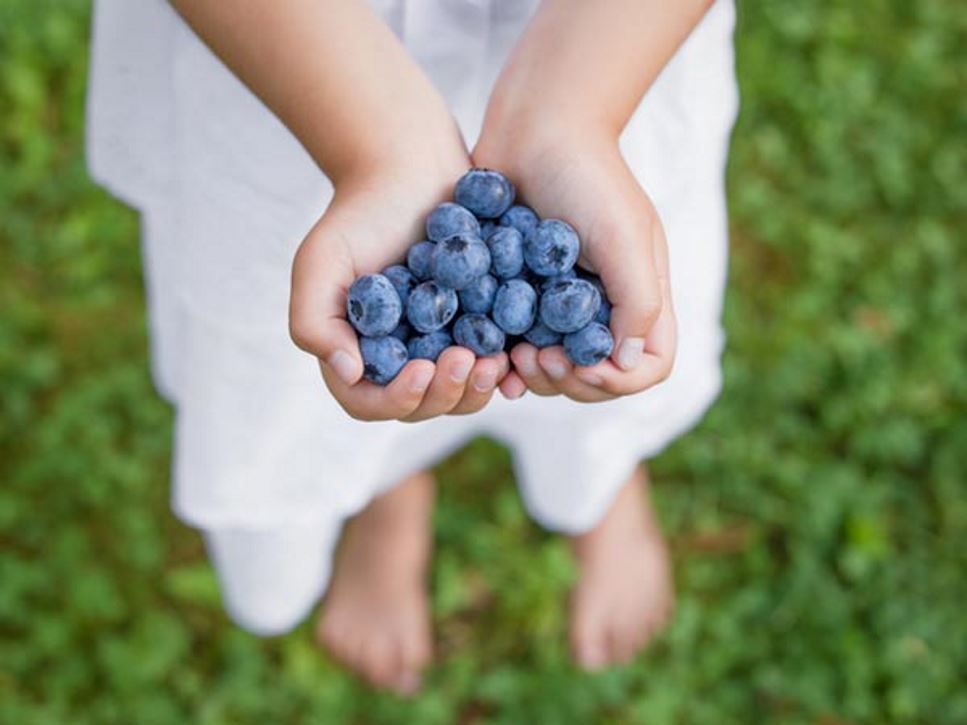Are berries on your shopping list this summer? Whether we're talking about blueberries, strawberries, blackberries or raspberries, these sweet, colorful fruits are sure to make your toddler or preschooler happy. Packed with antioxidants, dietary fiber and vitamin C, berries are a nutritional powerhouse.
The amount of fruit per day children need depends on their age, size and activity level. According to MyPlate, young kids (2 to 4 years) need 1 to 1 ½ cups per day of fruit. Older children (5 to 13 years) need up to 2 cups per day. Most teenagers also need 2 cups per day. Adolescent boys may need more — up to 2 ½ cups of fruit per day. Help them meet this goal by aiming to include fruit at each meal.
When Shopping
Look for containers at the store or farmers market without stains, moisture or mold. Berries should be firm, plump and dry. Strawberries don't ripen after harvest, so choose ones that are shiny and firm with bright red color. Choose blueberries that are firm, plump and dusty blue in color. Blackberries should be shiny but not leaking. Raspberries come in a variety of colors; make sure the ones you buy have the right color. For more fun, take your kids berry picking or grow berries at home. When buying frozen berries, shake the bag first. A big lump is a sign of defrost.
How to Store
When you get your bounty home, check for damaged berries and dispose of them immediately, before they spoil the rest. Strawberries, blueberries and raspberries last longer if stored at higher humidity with lower air circulation in the coldest place in your fridge. Produce drawers are ideal. If not available, a sealed container will do the job. Keep blackberries uncovered. While some types of berries can last up to two weeks in your fridge, most only last a few days. Eat them within three days for best quality and nutrition.
Preparing
Rinse berries in cold water just before you serve them. For younger children, cut up or mash berries to prevent choking. For older kids, try adding berries to low-fat yogurt, ice cream, whole-grain cereals, salads or smoothies. Fresh berries often taste best when in-season and may be frozen for later use.
Freezing
Freeze berries so you and your kids can enjoy them long after the season is over. Spread berries on a baking sheet and place in the freezer for a few hours, then transfer to a freezer-safe storage container.
Find a Nutrition Expert
Looking for credible nutrition information and recommendations? The Academy of Nutrition and Dietetics' network of credentialed food and nutrition practitioners are ready to help!

